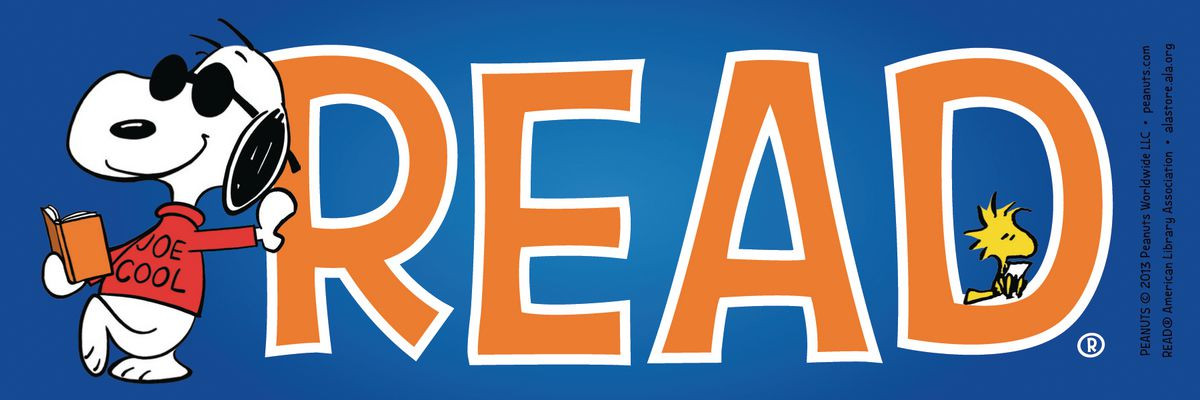|
|
The Response to Intervention Model The emphasis of RtI is to focus on providing more effective instruction by encouraging earlier intervention for students experiencing difficulty learning to read. RtI emphasizes using a comprehensive, school wide system. Components of RtI Response to Intervention is implemented using "multi-tier" instruction in the general education classroom setting. The RtI Components include: * Universal Screening - to identify and support early, to prevent failure (Universal screenings such as DIBELS completed 3 x's per year). This screening identifies students for Benchmark, Strategic and Intensive instruction or intervention (multi-tiered instruction). STAR Early Literacy test. Core phonics screener. * Core instruction - (90 minutes per day) of effective, differentiated instruction and intervention. *Scientifically-based ,multi-tiered instruction - Multi-tiered instruction and intervention of increasing or decreasing intensity, based on data on student needs. There are flexible, needs-based services across general, remedial, and special education. * On-going Progress Monitoring - continuous progress monitoring and assessment for students identified as "at-risk". *Data-based decision making - Analyze and use student data to inform instructional decisions at all tiers. *Use of systematic problem-solving - this is used at all tiers for instructional decision making.
Home |

